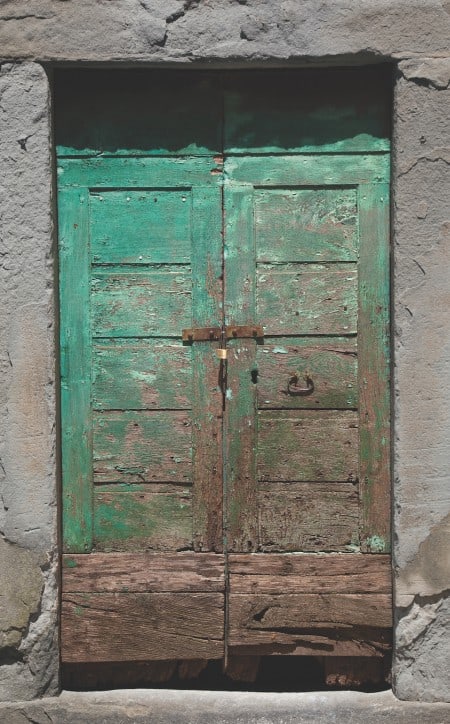Stepping inside the Aga Khan museum has an immediately calming effect. The ceilings are high, the walls are muted shades of white and grey, and the subtle hymn of a muezzin plays over the loudspeaker. Abbas Kiarostami’s Doors Without Keys has just opened to the public, and as the first exhibition by a solo artist at the museum, it certainly sets a high bar.
Meticulously curated, the multidimensional exhibit combines its visuals with lighting and sound to create a fully immersive experience. To create this installation, Kiarostami took photographs of abandoned doors in his home country, Iran, as well as France, Italy, and Morocco.
This past August, Kiarostami flew to Toronto to supervise the painstaking process of printing each photograph on life-size canvasses. Meanwhile at the museum, over 800 hours of labor were put into creating the installation’s structure. The walls that were being constructed needed to be freestanding, but weighty enough to hold the artwork on both sides. Now, the exhibit has been arranged into a labyrinth-like formation, compelling the viewer to seek out the doors for themselves.
Each door is different. They are made of different materials, and are shown in different seasons. Some doors are locked; some doors are not. It’s impossible to identify which country each door belongs to, save for stickers with Farsi and Arabic slogans on a few.
What each has in common, however, is that it is abandoned; that seems to be the point. The overdubbed soundtrack of indistinct conversations and children playing force us to imagine a life behind each one. Who lived there? Where did they go? The exhibit’s approach is far more visceral than trying to extract meaning from an abstract painting hung on a white wall.
I find myself filling in the gaps, imagining the world that surrounds each door. Other walls are decorated with snippets from Kiarostami’s poetry. The poems exude themes of melancholy, solitude, and exclusion. “The bell is broken, please knock at the door,” one reads. Lines like these appear to be the most overt messages of the exhibit. They seem to demand action and engagement from the reader.
Interspersed in the maze of doors are a number of hammock-like daybeds on loan from the Lahore Tikka House, a halal restaurant in the east end of the city. When I try to perch on one to take notes, I am forced to lie back. There’s no way to sit here distractedly; every aspect of the exhibit is crafted to ensure viewer participation.
While I lie back, I read a transcript of Kiarostami’s interview with journalist Nazzy Beglari conducted in August. In it, he explains how he wanted to create “a neighbourhood” with this exhibit. He has done just that.
I visited the Aga Khan museum hoping to gain some insight into Iran, the country from which my grandparents fled, and that I may never see. When asked why he always returns to Iran after long periods away, Kiarostami says, “I appreciate myself inside Iran.” Through his latest exhibit, this statement rings true.
Doors Without Keys is showing at the Aga Khan museum until March 27, 2016. Admission to the museum is free on Wednesdays from 4:00 – 8:00 pm.


